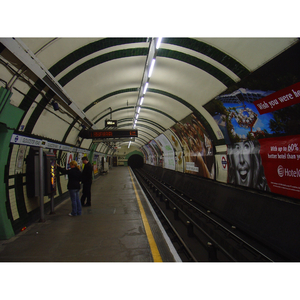London Underground set to heat up homes
London Underground set to heat up homes
Consumers will now save their money and help dispose of 500 tonnes of CO2 emissions each year due to the heat from a Northern Underground line being piped to their homes in the Islington area. The project was recently announced by the Islington council in conjunction with the Mayor of London, Boris Johnson’s initiative of harnessing secondary heat within the city. It was in July, earlier this year that a report was released on the topic, explaining how the mayoral office would be looking for ways to harness the ‘waste heat from industrial /commercial activities’ or ‘natural heat within the environment’. The Islington project will be delivering cheaper heating to around 500 homes within the borough and is said to be the first of its kind in the whole of Europe to use this approach.
The heat from the London Underground vent will be captured, as well as heat from a UK Power Networks’ electrical substation. It will be facilitated by Islington’s Bunhill Heat and Power network, which currently uses wasted heat to provide cheap and ‘greener’ energy to 700 homes in the borough.
So far the project has started off with a small funding of £2.7 million provided by the council of Islington and a further £1 million from the EU (European Union). The concept came about when London signed up to Celsius; a 4 year EU project. Celsius was set up to develop and implement the ‘best practice solutions in small districts’ project by undertaking a holistic approach to overcome social, political, technical, legal, administrative and economical barriers. It will also help Boris Johnson keep his promise of lowering CO2 emissions by 60% and produce 25% of London’s energy from local sources by 2025.
In October, Strathclyde Partnership for Transport and the Glasgow Caledonian announced they would develop a system to heat their home by converting ingress water from the city’s subway by 2015. London Underground can peak over 30°C in the summer, so any method which could filter the heat out would be appreciated.

